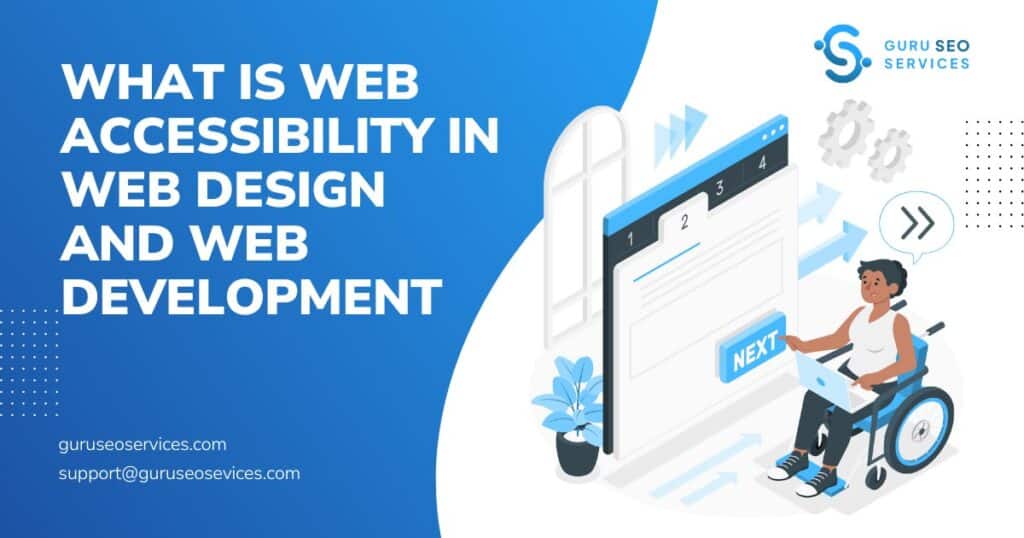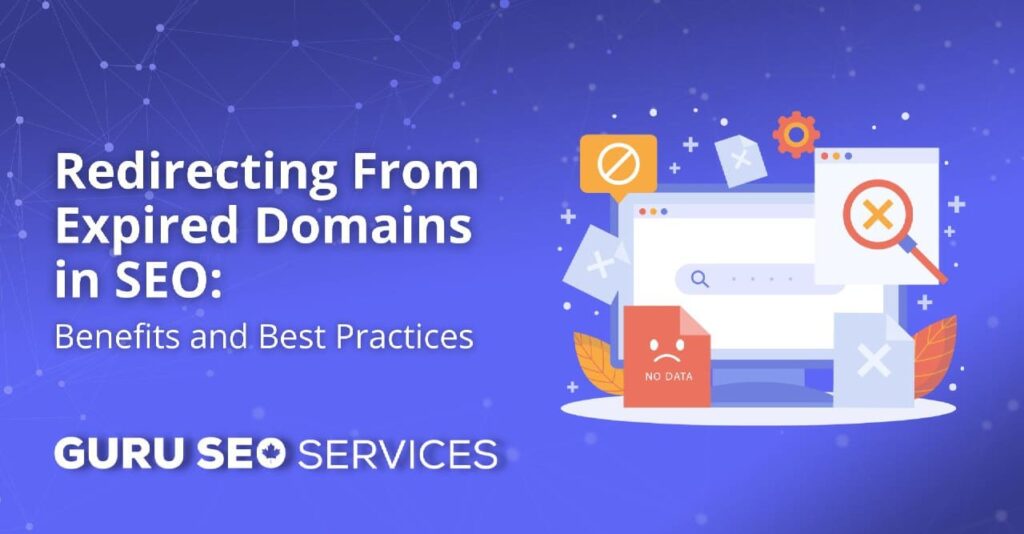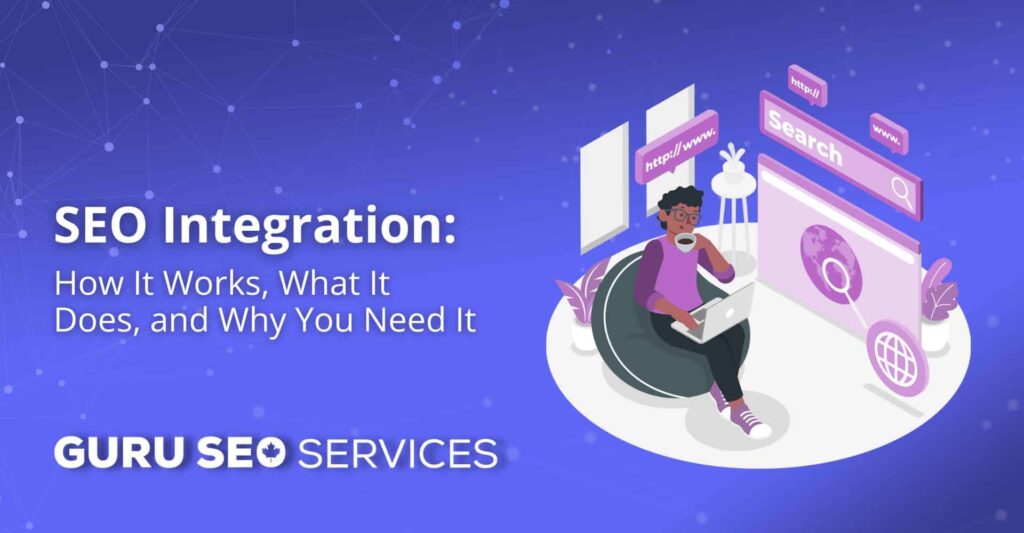This is a beginners guide, and we are going to be as simple as possible.
Search engine optimization (SEO) is the process of making websites and their contents as good as possible in some defined sense so that search engine users can easily discover them. In other words, it is also the process of making web pages and their content most efficient so that search engine indexing software (known as ‘crawlers’) can easily find, understand, scan and index your website.
It is not far-fetched that search engines like Google receive billions of search queries every single day. And for the benefit of users, Google updates its SEO algorithms constantly, and within a year it may make up to 500 changes. Google algorithm is extremely complex, and with the frequent changes one has to navigate, you can easily miss something.
Considering the complexity and frequent changes search engines make, you want to know how to get all valuable traffic to your site, right? It’s simple, optimize your website and its contents so that it can show up more often in search result pages.
Here are the top 10 tips that would position your site and its contents in the first search result page on Google and other search engines.
- Create content for humans first, not machines.
The importance of user experience signals in search engine ranking cannot be overemphasized. Lately, content creators are so engrossed in how to appear on the first page of Google forgetting that keywords meant to drive search results should never surpass the real qualities of engaging, valuable content.
One of the most important ranking factors of Google is its RankBrain. This is a machine learning system put in place by Google to make decisions on where web pages, blogs and contents should rank in search results. What it does is to watch how users interact with search results and rank accordingly. If users click on a result and spend time, that site will start to gain ranking but if after they have clicked on a result and immediately bounce, that site will start to lose ranking. This is because Google follows users, not you.
When you are writing, forget that search engines exist, instead create content for readers that can engage with you on social media, use your products and services and eventually become your loyal customer. This is why Brian Dean of Backlinko is a successful content marketer, he puts users’ experience first.
- Build links with other websites
Google has confirmed links as another important ranking factor for SEO. To outrank competitors websites that have high-quality content as you do, you have to establish authority. You can achieve this by earning links from high-quality sites, promoting an audience who can amplify your content and building your brand.
Some people believe that linking to authoritative websites takes visitors off their page but that isn’t the case. How can you receive from others when you are reluctant to give first. Links can be likened to votes, they make Google understand that other websites are vouching for your web page and its content.
To say the least, inbound links according to Britney Muller, from Moz “are the currency of the internet, for they act a lot like real-life reputation” so you have to spend it to reap the rewards. It’s acceptable that when you link out to a blogger or even an influencer, notify them so that they can link back to you when they find your content valuable.
- Work towards getting authority links to your website
You may be wondering how to get authority links, though there seems to be no one right way to achieve this but there are proven techniques that work like magic. High-quality content encourages other websites to link out to you according to Neil Patel, founder of UberSuggest in his words “The major factor in my success is that I invest a lot of time, money, and resources into creating a single post or other pieces of content”.
Focus on creating free valuable resources, a piece of content that carries the ability to provide benefits to users. You drive traffic and amass links when you provide blog posts, valuable free videos, short reports, even ebooks. People tend to link to them more naturally than a paid service.
Another interesting way is to provide incredible and insightful comments on other sites. A brilliant opinion on a Youtube video can gain the attention of people reading the comment section and that of the creator as well. But you can’t afford to be careless as not all website owners appreciate linking in the comment section.
- Tap the potential of visuals in your content
If there is one thing that has come to stay, it is global online viewing which is on the rise by the day. Visuals such as video, graphics and images rank high on Google. Since video marketing has proven to be a massive traffic source, many have tapped into the power of Youtube SEO and you shouldn’t be left out.
Have you noticed that videos from YouTube are now common features in the SERPs? Statistics have shown that YouTube is the most popular video site, the second most popular website and the second largest search engine.
Many searchers might not be patient enough to go through that 200-words content but prefer to watch your 3 minutes video. Therefore, create engaging content. Make your video content SEO friendly by giving it a compelling title, an explicit video content description, and turn your video into a script using a video transcription service.
- Add alt text to images and video
Video and image alt text is what Google looks for in visuals. The way you mark up your visuals have a great impact on how Google perceives your page and how much traffic your image and video generates for your site. The alt text describes what a video or image content represents as search engines don’t see images the way humans do.
The description should have a title and this title should be SEO friendly and clickable. Remember that to get clicks and shares, include keywords at the start of your title and power words. Also, see your description as a short blog post giving the detail of your visuals. With this, you have an upper hand over your competitors.
- Optimize for mobile
Virtually everyone that surf the internet do so via mobile phone, and Google considers the mobile version of any website to be the primary version. Moreover, the majority of searches for services and half of all purchases take place on mobile.
In 2021, march precisely, Google announced the official use of its mobile smartphone user-agent to primarily crawl sites. This implies that the mobile version of a website would be crawled and indexed before its desktop version. Since user experience is a big deal, focus on mobile-first indexing.
- Target local searchers
Local SEO is recommended for every local service provider. Google is increasingly serving results to searchers based on geographical locations and as a local business, you shouldn’t neglect local SEO and listings. Also, build and optimize local landing pages on your site.
Almost half of the queries that search engines receive are from searchers looking for local information and interestingly, 72% of these people end up visiting stores within a 5 miles radius.
Ensure that you register with Google My Business, with all your accurate and up-to-date information ranging from opening hours, contact information, customer reviews, being correctly categorised.
- Rank for Featured Snippets
Featured snippets are results that appear between ads and ranked results. Basically they are seen immediately after ads but before ranked results on a search engine. They are strategically positioned in such a way that they eventually steal clicks even from the highest ranked results.
To rank for featured snippets, use strong external forces, ensure cross-device usability, for easy scanning use headers, be concise with your content and more importantly, maintain social engagement.
- Don’t overlook social signals
Social media marketing is one obvious way that you can use to increase your site’s visibility through non-technical SEO. Social media signals such as tweets, shares and likes have proven to increase search engines ranking.
Be present on all relevant social channels where all your target audience is. Use this channel as a customer service channel where you can readily and genuinely interact with prospective and loyal customers.
Create helpful share-worthy content on all these platforms. Motivate people to share by adding visible buttons and ask them to share. To say the least, link out to social media influencers and send them notifications so that they can also share your content.
- Craft special and relevant meta descriptions for every web page
The meta description is that integral section that users see when Google serves up your page to them. However, Google mostly takes some liberty with what they allow users to see, which is why your meta description might not show. The truth remains that you can massively increase traffic if you have a convincing description of your page.
You cannot have the same meta description for two different pages, apart from the fact that you can be penalized for this, it also inhibits user experience – and user experience is a key factor for SEO.
Conclusion
There is no doubt, SEO can be complex but knowing the basics can serve as a running start.
I believe you benefit from these SEO tips. You are on your way to generating more traffic and higher ranking when you follow the tips.








